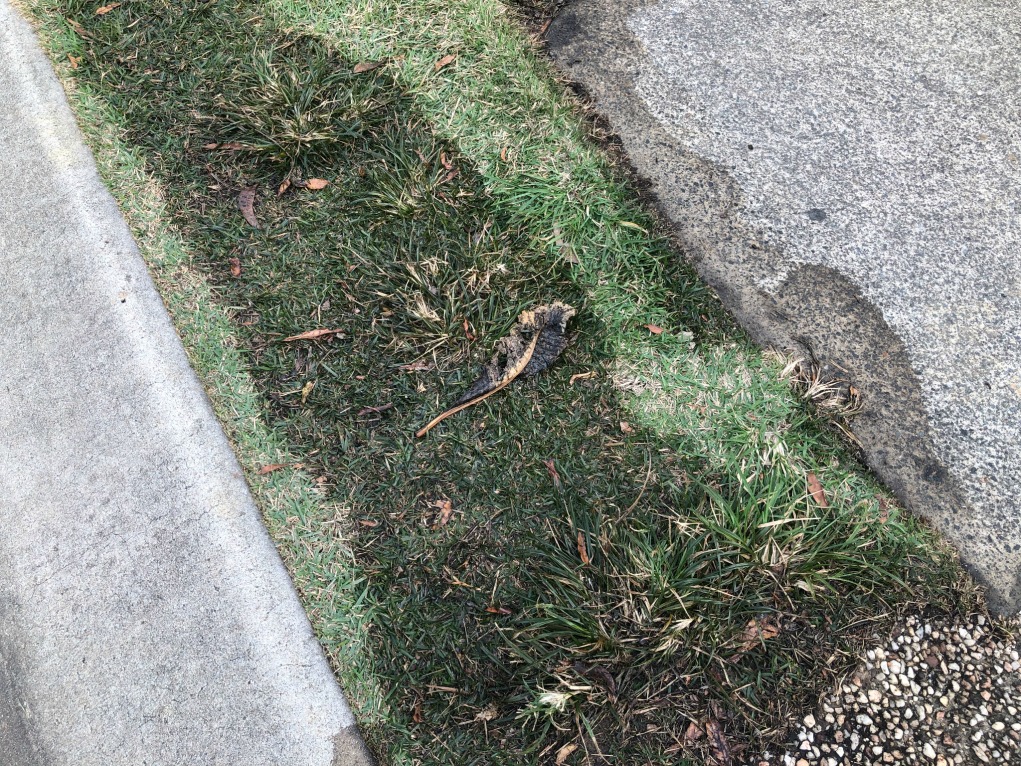Just how to Discover and Fixing Water Leaks-- A Comprehensive Overview
Just how to Discover and Fixing Water Leaks-- A Comprehensive Overview
Blog Article
Just how do you really feel with regards to Detecting hidden plumbing leaks?

Early discovery of leaking water lines can minimize a potential calamity. Some tiny water leaks may not be visible.
1. Take A Look At the Water Meter
Examining it is a proven method that assists you discover leakages. If it relocates, that suggests a fast-moving leak. This suggests you might have a sluggish leakage that might even be below ground.
2. Inspect Water Consumption
If you spot abrupt modifications, despite your consumption being the very same, it implies that you have leaks in your plumbing system. A sudden spike in your bill suggests a fast-moving leak.
Meanwhile, a constant boost monthly, despite having the same habits, reveals you have a slow-moving leakage that's also gradually intensifying. Call a plumber to extensively inspect your home, especially if you really feel a warm area on your flooring with piping underneath.
3. Do a Food Coloring Examination
When it concerns water intake, 30% comes from bathrooms. Examination to see if they are running correctly. Decrease flecks of food shade in the storage tank as well as wait 10 minutes. There's a leak between the container and dish if the shade somehow infiltrates your bowl throughout that time without flushing.
4. Asses Outside Lines
Don't forget to inspect your exterior water lines as well. Examination spigots by affixing a garden hose pipe. Must water permeate out of the connection, you have a loose rubber gasket. Replace this and also guarantee all links are tight. It will certainly aid obtain it expertly examined and preserved annually if you've got a sprinkler system. One little leak can throw away lots of water and also surge your water expense.
5. Examine the circumstance and inspect
Homeowners need to make it a behavior to inspect under the sink counters and also inside cupboards for any type of bad odor or mold development. These two red flags show a leak so punctual interest is required. Doing regular examinations, also bi-annually, can save you from a significant issue.
Check for discolorations and deteriorating as most home appliances and also pipes have a life span. If you suspect leaking water lines in your plumbing system, do not wait for it to rise.
Early detection of leaking water lines can minimize a potential catastrophe. Some small water leakages may not be visible. Examining it is a surefire method that helps you find leakages. One little leakage can waste lots of water and also spike your water bill.
If you think dripping water lines in your plumbing system, do not wait for it to escalate.
How to Know If Your Home Has a Hidden Leak
Water Meter Reveals Inexplicable Water Usage
If you’d like to test whether or not there’s a leak somewhere in your home, you can do this using your water meter. Here is how to conduct the test:
Don’t use any water in your home for at least 30 minutes; this also means not turning on faucets or water-using appliances.
Go outside, and check your water meter for activity.
If your water meter shows that there was activity, even though no one was using any water, this proves that there is a leak in your home.Visible Mold or Mildew Growth
Leaks behind walls create moist, dark environments that allow mold and mildew to grow and thrive. Eventually, you might see mold growth forming on the wall closest to a hidden leak.
If mold is growing in an area that receives a high amount of moisture, such as a bathroom, it may simply be an indication that better ventilation is needed. However, if you see mold growth on a wall or the ceiling in an area where you would not expect, you probably have a hidden leak.
Musty, Mildew Odor
Sometimes you might not be able to see the mold or mildew that is growing as a result of a leak. However, the smell can give the problem away just as easily. If you catch a whiff of something musty, there’s a good chance that old water is collecting somewhere in your home that you can’t see.
Stained/Warped Walls, Ceilings, or Floors
When your home soaks up water, a variety of red flags can become visible, including ceiling stains, bubbling drywall, warped walls, and sagging floors. While these issues can be caused by excess humidity, they can also be signs that a pipe or plumbing connection has started leaking behind your walls.
Inexplicably High Water Bill
After a while, you get a general sense for what your water bill should be. If you own a pool or sprinkler system, your bill will tend to be higher during summer. However, if you receive a water bill that seems especially high, and you can’t figure out what caused it, then you may have a hidden leak somewhere that’s increasing your bill.
https://www.plumbingjoint.com/blog/2019/july/how-to-know-if-your-home-has-a-hidden-leak/

I was introduced to that report about Locating water leaks from someone on a different domain. Sharing is good. You never know, you may be helping someone out. Thanks for your time. Visit again soon.
Report this page